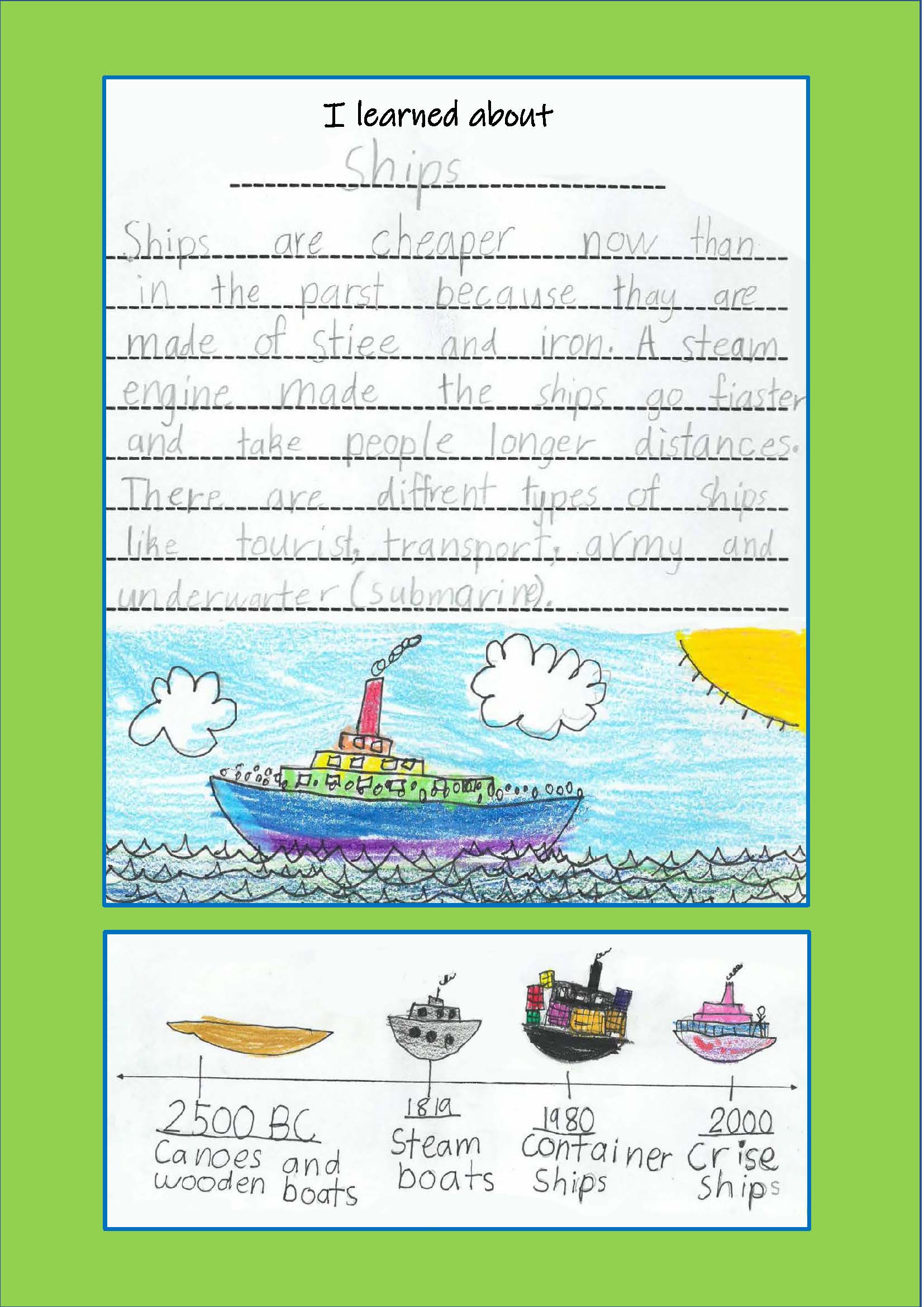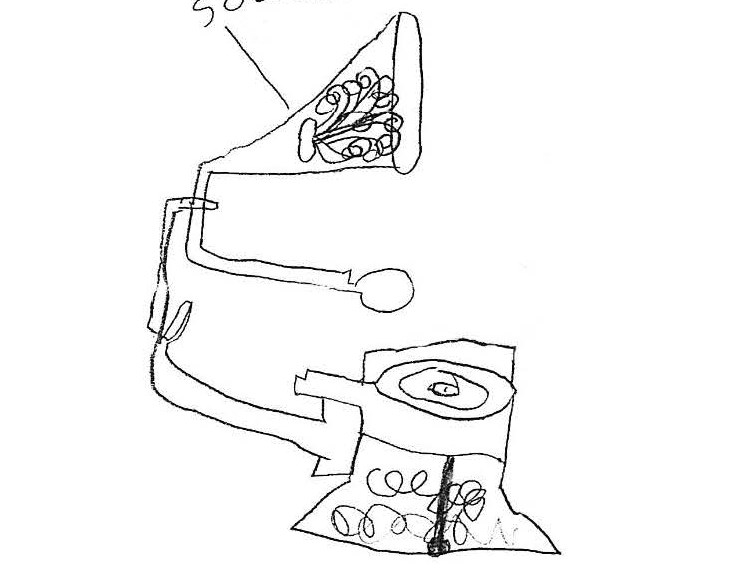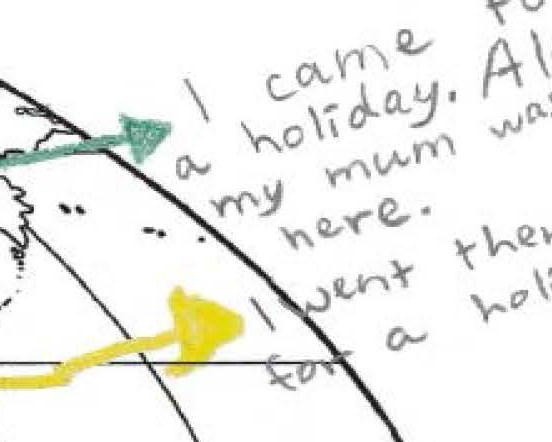Museum in a box
Summary of task
Students visited a local museum to investigate aspects of life in the past. Following the visit, students chose objects or technologies for teacher-guided research and inquiry, and students sequenced developments along a simple timeline and wrote scaffolded texts to describe changes over time. Students also created and labelled a ‘museum in a box’ as part of a classroom display about the past and present. The series of activities took place in class over six 50-minute lessons.
Achievement standard
By the end of Year 2, students describe a person, site and/or event of significance in the local community. They identify how and why the lives of people have changed over time while others have remained the same.
Students sequence events in order, using a range of terms related to time. They pose questions about the past and use sources provided to answer these questions and to identify a point of view. They compare objects from the past and present. Students develop a narrative about the past using a range of texts.







